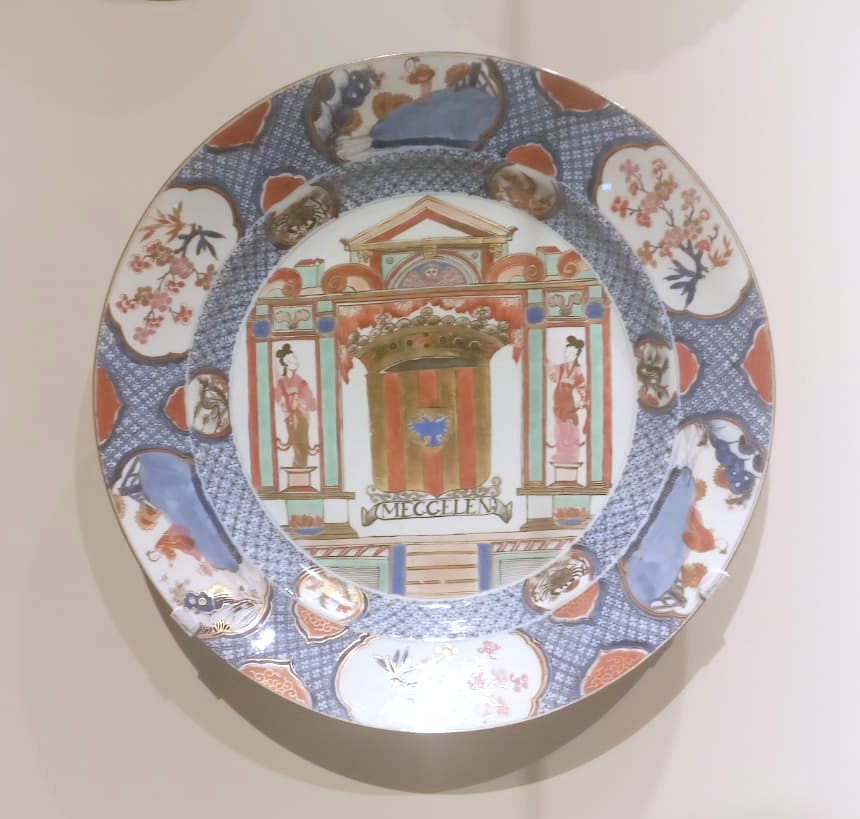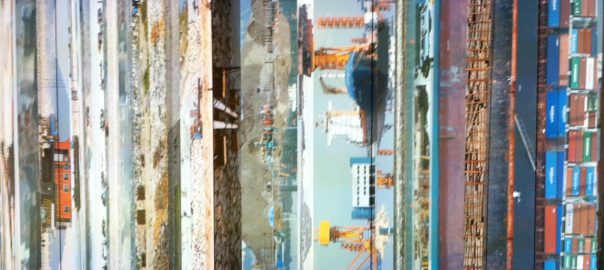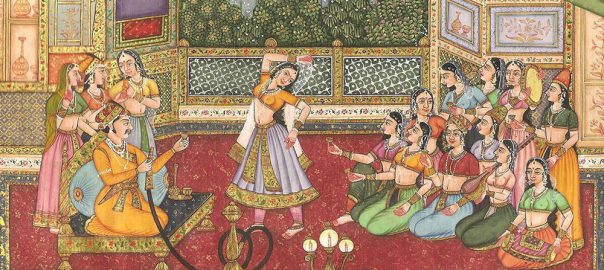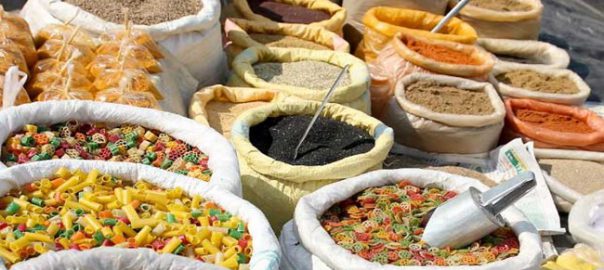Wew. It was a really eye-opening and thought-provoking presentation. Honestly, I never thought of servitude as a form of colonialism between each other but now I kind of do.
How about the contemporary narratives of servitude such as those of domestic workers and construction workers? It just made me feel that may be the difference is that the current ones is more towards the flexibility of the job. Not saying that it is not strict anymore, it just, these jobs seems to be something they can choose tho change if they want. It is no longer something that you will pledge and do for your their whole lives if they don’t want to. I think they are given the option to quit.
I am not sure about how it works in Singapore, but in Indonesia the presence of domestic worker is something that is really common in the household of middle class family upwards. I grew up with domestic workers taking care of the household. But unlike Majie, they quit when they want to or get a better pay offer in other place. It was quite common to change domestic worker within a year. And most of them were young an aged early 20s. Now that I think of it, it was such a sad truth where the young generation should have been educated and pursuing their dream in their youth.
However, over the years the trend and style of domestic worker has changed from what used to they stay full-time in employer’s house into come into daily or even some days per week. Even some of them started to do some online job or sale as part-time. I think in the current era, it is no longer full servitude that takes one life to be fully dedicated into it. With the presence of internet, it is now more towards how one will stay in one job for others or use their time to make more things for their own.
Just a random thought after writing all above, I think history has shown servitude exists but it changed form over time. From something that is more physical and obvious into more subtle thing that is not tangible. Taking the group’s first definition on servitude, servitude is the state of a person who is subjected, voluntarily or involuntarily, to another person as a servant. If we define the person to be a figure who has online influence via social media, does it mean that the followers who choose to voluntarily follow and unquestioningly accept and do what the figure says are the servants of the figure? It just made me wonder of those who can be radicalised through online media and form.. It is as if they have been in a form of servitude..










